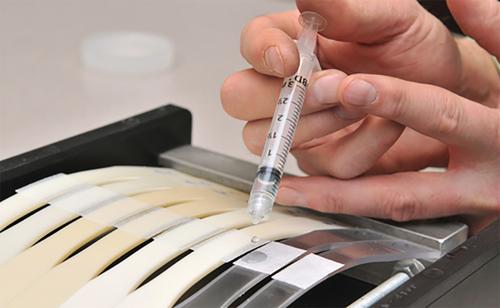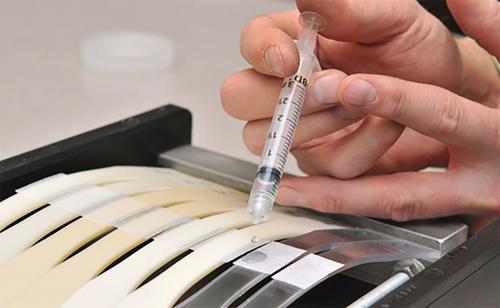The Fallout From Sterilization Failures Will Also be Better Plastics for Medical Devices
July 14, 2015

Plastics manufacturers and compounders continue to work on developing better materials to resist the hospital disinfectants used to clean reusable medical devices. As Design News has reported, there's been lots of fallout from widely publicized cases of deaths due to failures to clean devices thoroughly. That includes tighter regulations and a major rethink of how medical devices are designed, and how a device's sterilizability can be validated.
Those are mostly good things. So is a closer look at the materials in reusable devices and how well they resist disinfectants, at the same time that device makers are under pressure to boost manufacturing volumes and reduce costs. As we reported last month, many reusable devices are now hybrid designs that incorporate both metals and polymers for cost savings, as Solvay Specialty Polymers' global market manager for healthcare, Dane Waund, told us.
Most plastics still have a tough time measuring up to metal when it comes to frequent, repeated sterilization and cleaning with the harsh disinfectants hospitals use to kill today's superbugs in equipment such as mobile ultrasound and X-ray machines, enteral feeding devices, drug infusion pumps, and blood filtration equipment. Over time, those disinfectants can cause cracks and degradation in plastic equipment, parts, and housings. Creating new plastics isn't a simple matter, though.

Engineers at custom compounder RTP Company have been conducting extensive tests on potential replacement compounds for some time, working with several large medical device makers through many iterations, Josh Blackmore, RTP's global healthcare manager, told Design News. After months of R&D and extensive testing, the company has developed a proprietary plastic alloy, the RTP 2000 HC series. It was created specifically to maintain strength, functionality, and integrity, even after repeated exposure to the hospital cleaners most often used for disinfecting medical devices and hospital equipment.
Blackmore said he'd been hearing from big OEMs with many different medical device designs. "They're putting global teams on the problem to find plastics that resist the disinfectants used on reusable devices," he said. "For some time, PC/ABS alloys have been the most common plastic in reusable medical devices and equipment. PC [polycarbonate] is remarkably susceptible to chemical degradation, but it has high impact resistance. ABS has better chemical resistance and it can be easily alloyed to PC."
MORE FROM DESIGN NEWS: The Fallout from the UCLA Sterilization Failure Will be Better Medical Device Design
But these are the materials that are failing under the assault of harsher chemicals and more frequent cleanings. An additional problem is that a lot of medical equipment contains electronics so the surface material must be flame-retardant, but those additives don't exactly help with chemical resistance. "For the last couple of years, the popular solution has been a PC/PBT [polybutylene terephthalate] alloy," said Blackmore. "PC is an amorphous resin, but PBT is a crystalline resin and they have good or semi-good chemical resistance, so it's a logical move. We make this same alloy ourselves, and we were on the bandwagon, too. The challenge is, most of these alloys have a very low percentage of PBT. Unless you get up to 50% or more PBT, you don't change the chemical resistance enough. In our tests, we continue to see failures of low-content alloys."
RTP's engineers tested numerous polymers for damage resistance to six popular chemical classes of hospital cleaners and disinfectants. They also subjected molded compounds to stressors in order to reproduce field failures and the alloys' relative resistance.
MORE FROM DESIGN NEWS: How Poor Design Exposed Patients to a Deadly Superbug
Another challenge is that disinfectant chemicals used in Europe are different from those in the US. This almost doubles the amount of testing needed, since large device OEMs want to sell their products in both European and US markets. The two versions, flame-resistant and non-flame-resistant, also expand testing time, since tests must be redone each time there's a chemical change in the alloy.
The best performer from these tests was then optimized for a combination of chemical damage resistance, physical properties, flammability, and colorability. This alloy became the company's new RTP 2000 HC series, which is available globally in both flame-retardant and non-flame-retardant versions. You can find more information, including data sheets, here.
Ann R. Thryft is senior technical editor, materials & assembly, for Design News. She's been writing about manufacturing- and electronics-related technologies for 27 years, covering manufacturing materials & processes, alternative energy, and robotics. In the past, she's also written about machine vision and all kinds of communications.
About the Author(s)
You May Also Like



